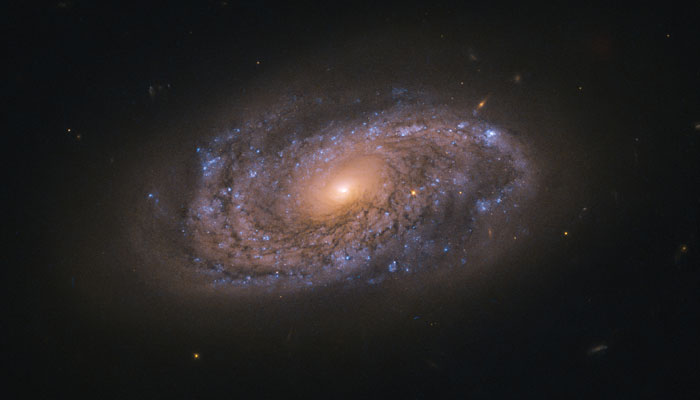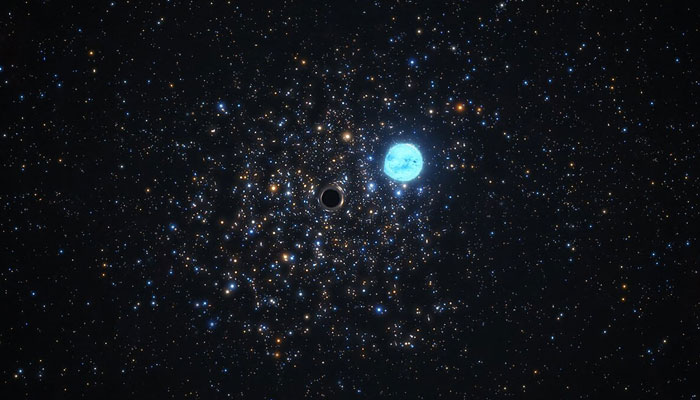Strange structures discovered in black hole heart of Milky Way
"By studying them, we could learn more about black hole’s spin and accretion disk orientation," says lead researcher
June 07, 2023

Scientists have discovered swarms of strange elongated structures that look like strands flailing towards a super colossal black hole sitting in the core of the galaxy.
According to the researchers, these threads are 5 to 10 light-years long.
The lead expert of the research Professor Farhad Yusef-Zadeh from Northwestern University said: "It was a surprise to suddenly find a new population of structures that seem to be pointing in the direction of the black hole."
The research is described in a paper, published in The Astrophysical Journal Letters.
"I was actually stunned when I saw these. We had to do a lot of work to establish that we weren’t fooling ourselves. And we found that these filaments are not random but appear to be tied to the outflow of our black hole."
"By studying them, we could learn more about the black hole’s spin and accretion disk orientation. It is satisfying when one finds order in a middle of a chaotic field of the nucleus of our galaxy."

Astronomers believe that these structures came out as a result of some spatial activity a few million years ago, however, there is no definite explanation for this phenomenon or its origin.
In 1980, Professor Yusef-Zadeh discovered one-dimensional, gigantic filaments in our galaxy, near Sagittarius A*, the black hole at the centre of the Milky Way.
The new structures were previously untapped and are shorter and lie across, spreading out from the black hole.
He said: "We have always been thinking about vertical filaments and their origin. I’m used to them being vertical. I never considered there might be others along the plane."
The previously discovered filaments were vertical and much longer, with large in number.









